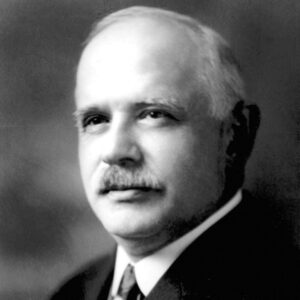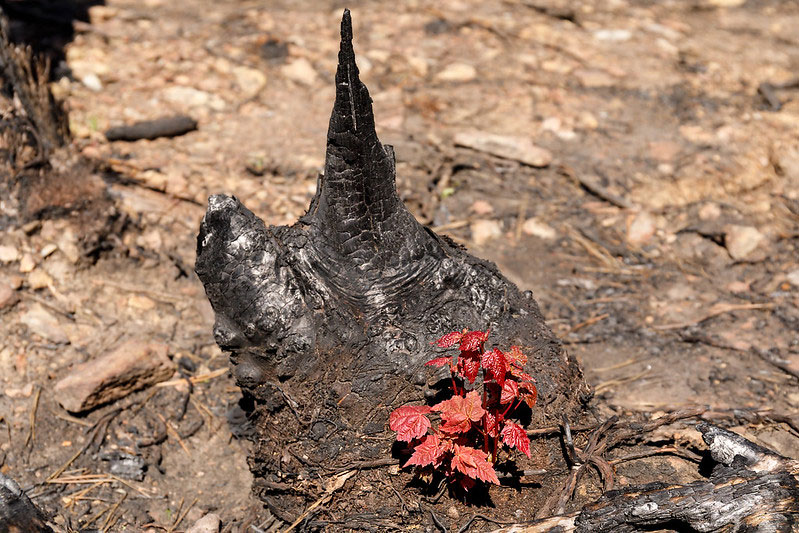
Five years after the devastation of Hurricane Katrina, the nation must consider how the sector—and how society—should prepare financially for the next Katrina, the next destabilizing catastrophe.
That is exactly the question Lorna Bourg of the Southern Mutual Help Association has raised with her proposal for a National Disaster Recovery Bond, a resource that would go beyond the limitations of charitable fundraising in the first weeks or months of a natural disaster like Hurricane Katrina.
FREE DELIVERY | Click Here to sign up for THE NONPROFIT NEWSWIRE, Delivered Daily >>
Everyone knows that despite lots of good work on the ground in the wake of Katrina, there were problems with resources and program delivery. It would stretch credibility to suggest that all of the estimated billion dollars in foundation grants or more than $5 billion in total private giving pledged to Katrina relief and the other recent Gulf Coast hurricanes were spent effectively, delivered in a timely fashion or, in some cases, even delivered at all.
Equally important as the amounts of charitable giving for disaster relief is the simple reality that fundraising generally starts aftera Katrina-like catastrophe, with little funding “banked” for disasters before they happen. How can U.S. society prepare in advancefor disasters rather than spinning the charitable roulette wheel in the hope that money comes, in appropriate magnitudes, at the right times—and to assist the kinds of grassroots nonprofit relief and redevelopment that typically come away with only a tiny fraction of the overall charitable support?
Southern Mutual Help’s widely lauded disaster relief performance gave its executive director Lorna Bourg, a 1992 MacArthur Foundation “genius” award winner, a platform for suggesting policy solutions to the disaster funding and fundraising problem. Few organizations come to disaster relief with more credibility than SMHA, headquartered in rural New Iberia, Louisiana. Serving an 11-parish rural area devastated by Hurricanes Katrina and Rita, SMHA mobilized more than 4,400 volunteers to assist 944 homeowners, fishermen, and businesses to rebuild their devastated homes and facilities, helped with foundation grants from the Ford Foundation, the Mary Reynolds Babcock Foundation, the F.B. Heron Foundation, and the W.K. Kellogg Foundation among others.
To Bourg, however, there were gaps in the relief effort not adequately addressed by the available public and private resources. Not content to simply ask for more funding for its own activities, Bourg and SMHA immediately began an advocacy campaign for a more comprehensive pre-hurricane policy response addressing future inevitable disasters. In testimony [PDF] to the Senate Committee on Health, Education, Labor, and Pensions, Bourg proposed that Congress create a National Disaster Recovery Bond.
Sign up for our free newsletters
Subscribe to NPQ's newsletters to have our top stories delivered directly to your inbox.
By signing up, you agree to our privacy policy and terms of use, and to receive messages from NPQ and our partners.
This new investment vehicle would give people an opportunity to invest in bonds to support disaster relief, including money for redevelopment projects and funding for retiring home and business loans on homes and businesses that no longer exist after the disaster. The latter is important and frequently undervalued in disaster relief. How can homeowners and businesses take out very low cost loans to rebuild after disasters when they are already carrying mortgages or business loans for property and assets that might have been swept away by floods and storms? Disaster relief funding has to enable people to clear the books on their debts rather than driving them into bankruptcy under the guise of offering loan funds for rebuilding.
Generally, Congress comes up with disaster-specific bond programs, such as the Gulf Coast Recovery Bonds, typically for large-scale capital projects such as airports and hotels, not for homeowners and small businesses devastated by the catastrophe. For example, an October 2008 audit of Louisiana’s use of the Gulf Coast bonds revealed 105 approved projects, mostly office buildings, hotels, and retail businesses such as a Coca Cola bottling plant and a Marathon Oil refinery. These disaster relief bond programs are authorizations to issue bonds to support specific big ticket projects, not to create a general funding pool for disaster relief geared to homeowners and small businesses.
Bourg’s National Disaster Recovery Bond proposal was inspired by the World War II-vintage U.S. War Bond program. Rather than being authorized for specific projects, War Bonds went into a general fund for multiple uses related to the war effort. Disaster recovery bonds would be similarly able to capitalize a national fund capable of being used for disaster relief and redevelopment wherever disasters occur for homeowners and small businesses.
Disaster relief bonds aren’t new. Project-specific disaster or catastrophe bonds—or “cat bonds”— have long been seen as good business, in part because of the impetus of impacted communities to rebuild. Focused on major projects, cat bonds are typically high yield instruments tied to specific major projects. In contrast, Bourg’s bond scheme would build on the charitable generosity of Americans to invest in what would appear to be relatively low yield bonds to capitalize a national fund rather than being targeted to specific, predetermined major investment projects, giving donors an ongoing means of investing in the rebuilding of disaster-devastated states and communities rather than waiting for disasters and specific projects as they might emerge.
Like the activities of many nonprofits on the Gulf Coast, SMHA’s achievements in disaster relief—the new homes built and the homes and businesses rehabilitated by the indefatigable Lorna Bourg and her staff—are impressive and worth examining. The need isn’t just for better interorganizational preparedness and coordination. We should be learning from the grounded experience of nonprofits like SMHA to find policy solutions going beyond specific disasters.
SUBSCRIBE | Click Here to subscribe to THE NONPROFIT QUARTERLY for just $49 >>
The communities of the next natural disaster shouldn’t have to wait for hit-and-miss charitable giving, the bulk of it focused on front-end immediate relief, or public financing of improvements that tend to disqualify many homeowners, nearly all tenants, and many businesses for support, in part because of their pre-disaster debt burdens.
Whether or not the National Disaster Recovery Bond notion catches on, SMHA is demonstrating that nonprofit service, even in the midst of disaster relief, and nonprofit policy advocacy have to go hand in hand.













